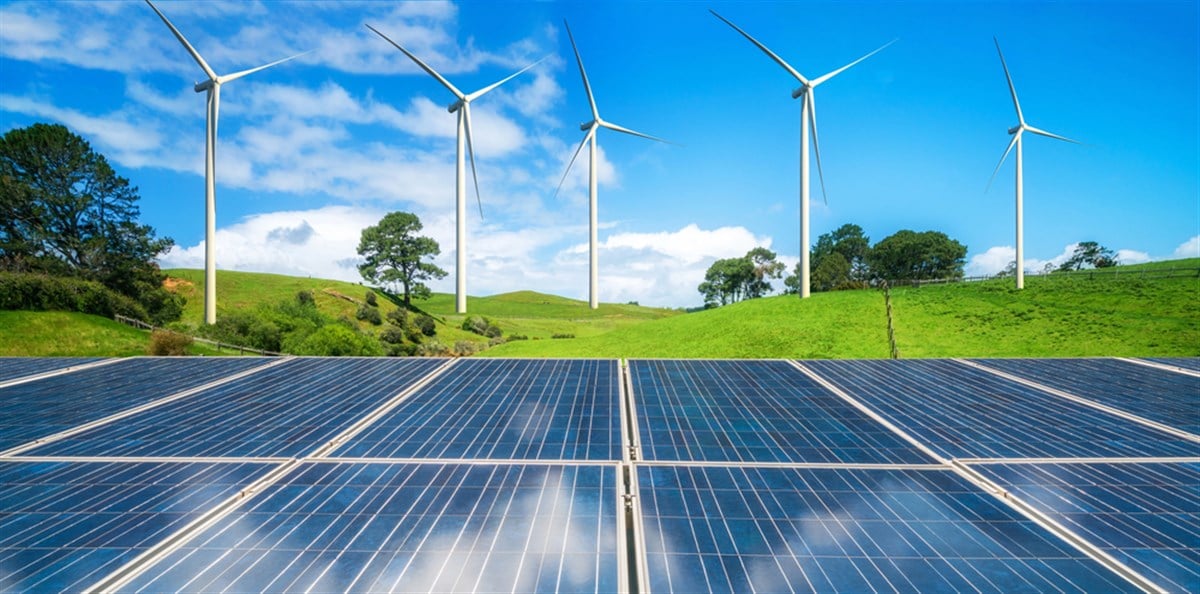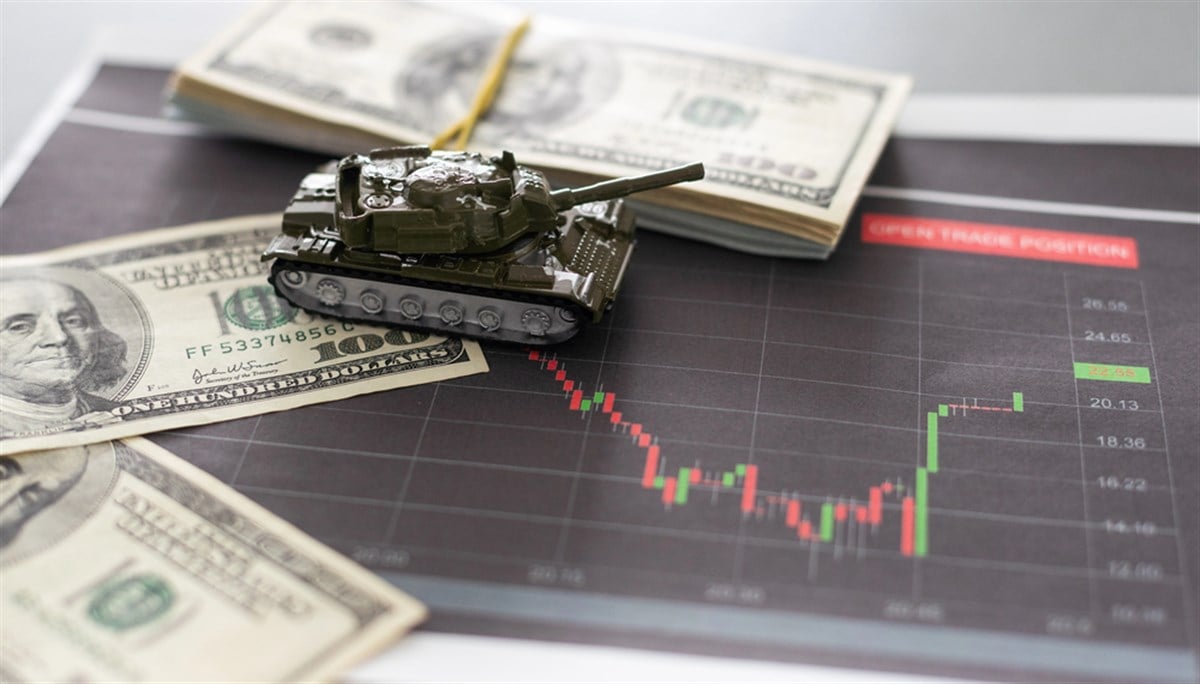As Trump Blocks Clean Energy, What's Next for Renewables?

President Trump’s distaste for wind turbines near his golf course in Scotland is well-documented. Now he’s taking that fight stateside. Last week, he announced via Truth Social an effort to prevent any new wind or solar projects from being approved in the United States.
That may have been welcome news for Big Oil, but it wasn’t for the renewable energy industry, which, despite policy headwinds, was enjoying a strong year in the lead-up to Trump’s social media declaration on Aug. 20.
Through Aug. 19, the Invesco Solar ETF (NYSEARCA: TAN) had gained 18%, the iShares Global Clean Energy ETF (NASDAQ: ICLN) had increased by 23%, and the First Trust Global Wind Energy ETF (NASDAQ: WNDY) had gained 27%. Meanwhile, the S&P 500 was up 9.25%, and the fossil fuel industry’s flagship fund—the Energy Select Sector SPDR Fund (NYSEARCA: XLE)—had posted a year-to-date (YTD) loss of 1.82%.
On the surface, circumstances may have changed. But before panic-selling, investors with positions in green energy should understand the undercurrents of the U.S. electric power production landscape and the global supply-demand picture.
Electricity Is Skyrocketing, But Not Because of Renewables
The president’s disdain for renewable energy is misattributed. His Aug. 20 Truth Social post put forth the claim that wind and solar were responsible for “RECORD BREAKING INCREASES IN ELECTRICITY AND ENERGY COSTS.” According to data, that isn’t the case.
In June, global financial services firm Lazard released its annual Levelized Cost of Energy (LCOE) report, which found that unsubsidized utility-scale solar prices range from 3 cents to 7 cents per kilowatt-hour (kWh) and onshore wind prices range from 3 cents to 8 cents per kWh.
By contrast, newly constructed natural gas plants cost 13 cents to 26 cents per kWh before factoring for input price volatility.
The LCOE report also found that 91% of global utility-scale renewable projects are more cost-effective than fossil fuel counterparts. Specifically, solar is 41% cheaper and onshore wind is 53% cheaper than even the lowest-cost fossil fuel options.
Energy analysts attribute skyrocketing electricity costs in the United States to increased demand (specifically from energy-intensive cloud computing and AI data center needs), aging infrastructure, and increasingly extreme weather due to climate change.
Making matters worse, CNBC reported on Monday that Trump’s attack on renewables will further exacerbate the issue, leading to a supply crunch and spiking electricity prices.
Short-Term U.S. Policy Won’t Disrupt a Global Trend
The United States is often—and erroneously—conflated with the stock market as a whole. While its policies and economy have outsized impacts on publicly traded companies, they aren’t synonymous.
Nonetheless, the global economy and its impact on stocks is often disregarded by investors whose isolated views focus singularly on how U.S. policies impact performance.
While Trump may be hindering the development of clean energy sources in the United States, those actions have little impact on the industry worldwide. According to Goldman Sachs, renewables are thriving despite the president’s efforts to stifle them domestically. Research published by the investment bank this month indicates that the outlook for the global solar energy industry remains bright, citing that the “solar electricity generation surge [has been] the fastest in the history of electricity.”
In the 12 months leading up to July 2025, solar accounted for 8% of all global electricity output, with Goldman Sachs noting that “while the U.S. and China have reduced support for the sector, solar energy is still likely to meet a high share of global energy demand in the long run.”
The report added that solar energy’s marginal fuel costs are zero, meaning that there are no associated costs with every additional unit of electricity produced after accounting for the original cost of photovoltaic installation and maintenance.
Global supply chain bottlenecks are unlikely, with Goldman Sachs finding that China’s production potential in 2024 represented an excess capacity to the tune of 200% of global demand.
From 2025 to 2030, Grand View Research forecasts a 10.6% CAGR for the global solar market and a 4.9% CAGR for the global wind power market.
Renewable Energy ETFs With Global Footprints
The operative word in this narrative is “global.” The aforementioned ETFs hold foreign securities that expose shareholders to growth-focused renewables unhindered by the current U.S. administration’s anti-renewable stance.
TAN, for example, includes companies operating in Hong Kong and Israel. ICLN has positions in Portuguese and Japanese utilities, and WNDY holds companies headquartered in Denmark and China.
Those three funds have expense ratios of 0.38%, 0.41%, and 0.51%, respectively, meaning that for buy-and-hold investors, their positions won’t be eroded by fees even if there is short-term fallout from the White House.
Learn more about ICLN


